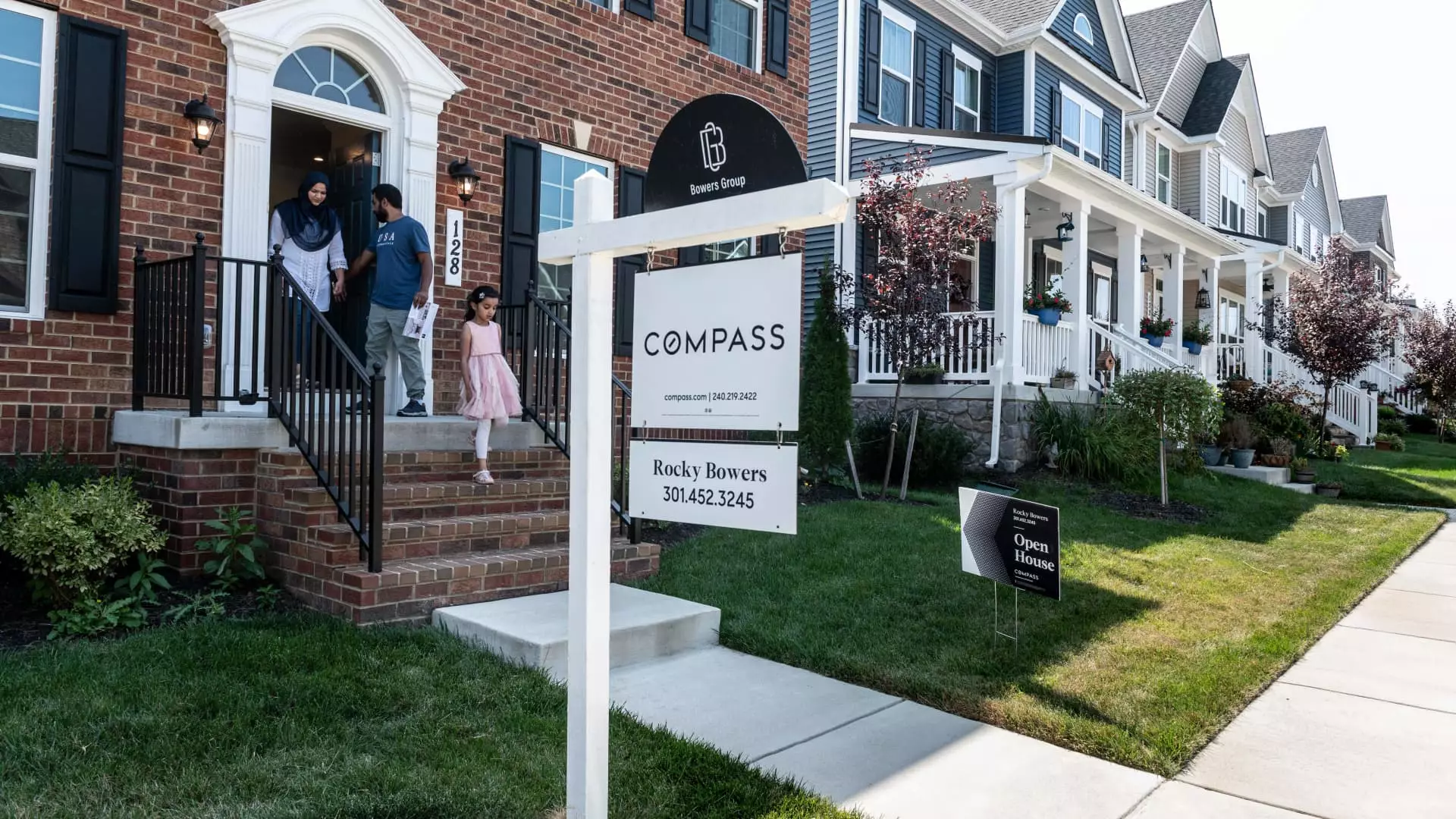The U.S. housing market is grappling with multiple challenges, including elevated mortgage interest rates, dwindling housing inventory, and soaring home prices. Compounding these issues are recent tariff impositions on crucial building materials. As rates of homeownership wane and affordability becomes a pressing concern, the combination of rising costs and supply chain disruptions presents significant hurdles for both builders and prospective homebuyers.
Tariffs, particularly those enacted by the Trump administration, have imposed a hefty financial burden on the construction sector. Notably, approximately 30% of the softwood lumber consumed in the U.S. comes from Canada, while gypsum—essential for wall construction—primarily comes from Mexico. With a 25% tariff on these materials, the costs for home builders soar, leading to increased prices for consumers.
Carl Harris, the chairman of the National Association of Home Builders (NAHB), has publicly denounced the tariffs as detrimental to new construction initiatives, emphasizing that such financial strains are ultimately passed on to homebuyers in the form of inflated prices. According to recent data from the S&P Corelogic Case-Shiller index, home prices have risen significantly since the pandemic began, highlighting an uncomfortable reality for first-time buyers who are increasingly priced out of the market.
Housing affordability has become an acute crisis for many Americans, especially for those attempting to enter the market for the first time. Jaret Seiberg, a housing policy analyst with TD Cowen Washington Research Group, underscores the urgency of the situation, asserting that tariffs could exacerbate this problem.
However, there might be a silver lining. The growing discontent over escalating housing costs could potentially incentivize Congress to consider policy alterations, including enhanced tax credit programs aimed at encouraging entry-level construction. The NAHB is lobbying for the exemption of building materials from tariffs, pointing to an executive order from Trump aimed at expanding the housing supply as precedent for such a move.
The interrelation of tariffs, supply chain issues, and overall economic performance cannot be overstated. While the U.S. has made strides in bolstering domestic lumber production, over 70% of its wood product imports still come from Canada, which are already subject to a previous tariff. The latest measures could increase this tariff to critical levels, raising construction costs significantly.
In tandem with tariffs on materials from Canada and Mexico, Trump also instituted a 10% tariff on several imports from China. Collectively, these tariffs could lead to an increase in construction material costs by as much as $4 billion, according to NAHB estimates. This heightened financial pressure particularly burdens smaller homebuilders — those often operating on thin margins — while larger firms are not exempt from the detrimental fallout.
The housing sector is also facing an exacerbating labor shortage. With an estimated 30% of construction workers being immigrants, the ripple effect of recent immigration policies has led to significant gaps in the labor force. Bruce McNeilage, CEO of Kinloch Partners, articulated the dilemma succinctly: a mass deportation initiative does raise the question of who will fulfill construction roles if immigrant workers—both documented and undocumented—are removed from the equation.
The intertwining of labor shortages and increased material costs creates a precarious environment for the housing sector, and the forecast may not be optimistic. With consumers already struggling under heavy financial burdens posed by rising interest rates, the evaporable relief of an anticipated decline in rates may now seem unachievable amid inflationary pressures brought on by tariffs.
The convergence of these economic factors presents a daunting landscape as we approach a crucial selling season. Potential homebuyers will find themselves contending with not only higher prices due to tariffs and low inventory but also increased competition from consumers whose buying power is diminishing due to inflation. This layered complexity of pricing, consumer behavior, and emotional finance could lead to a significant downturn in the upcoming spring market, traditionally considered a peak time for real estate sales.
The U.S. housing market is at a pivotal juncture where governmental policy, international trade, and regional economic realities intersect. The impacts of tariffs on building materials add another layer of complexity to an already challenging environment for both builders and buyers, with ramifications that could be felt for years to come. As stakeholders seek solutions to this multifaceted crisis, the need for strategic, informed policy-making is unmistakable.

